
|
|
|
|
|
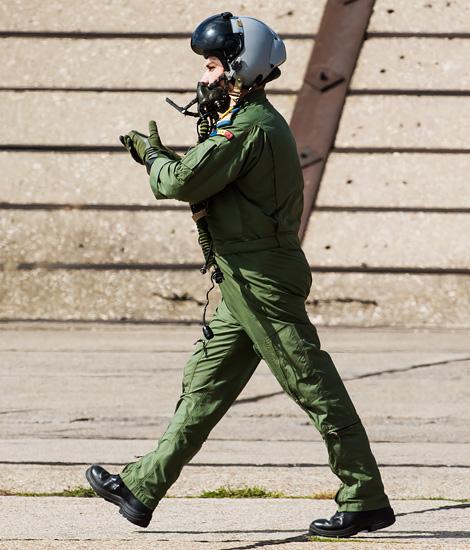
|
The LanceR A and LanceR B Variants; Campia-Turzii, September 2015
The Romanian Air Force, part 5; Text and Photograph's by Alex van Noye
After Romania turned its interests to the west in the early 90s, it was decided to modernize the existing MiG-21 fleet. The MiG-21 LanceR A was the first updated version which entered service in the Romanian Air Force for the offensive tasks. The two-seater MiG-21 LanceR B is used for the training of the MiG-21 pilots.
The MiG-21 LanceR is currently the only frontline fighter in the Orbat of the Romanian Air Force. The LanceR is a dramatically upgraded version of the MiG-21 Fishbed. The idea to update the MiG-21 started at the beginning of the 90s when Romania turned clearly its focus on the West after the fall of the Soviet Union. The country wanted to join the NATO on a short term. For the Romanian Air Force, however, this meant that its aircraft should be at a certain standard. The aircraft in the Romanian Air Force must be compatible with Western technology. The country became independent from the Soviet Union and the Warsaw Pact and had at that time not the financial resources to purchase new aircraft. There was for the Romanian government only one option left to meet the western standards. This option was modernizing the existing fleet of combat aircraft. The most modern aircraft which was in service at the Romanians at that time was the MiG-29 Fulcrum. It was therefore obvious to update this fleet. However, this would not happen because the MiG-29 fleet was too small and in addition there was a lack of spare parts for this type. For this reason the choice was made to update the MiG-21; the only reason was the enormous amount of spare parts for this aircraft type which was still available. There were at that time in 1990 more than 200 MiG-21s in use at the Romanian Air Force. The task to update the MiG-21 fleet was given to Elbit Systems Ltd. from Israel in 1992. Elbit is a company which is internationally specialized in defense electronics and has implemented various programs in the world.
The update program of the MiG-21 was initially described as the DD program. The acronym DD stands for Doru Davidovici, who was a Romanian poet and MiG-21 pilot. He crashed with a MiG-21UM Mongol during a training flight. Later the name of the project was renamed to the name LanceR. The capital letter R at the end of the term stands for Romania. Before the update, a series of MiG-21M and MiG-21MF fighters were identified which had not too many flight hours on the clock. The total LanceR
|
|
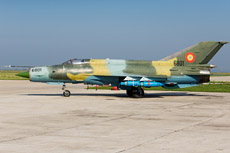
|
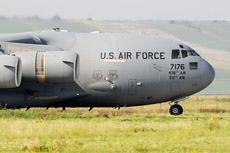
|
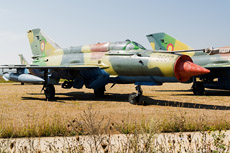
|
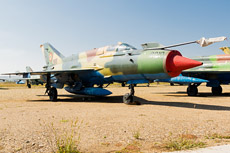
|
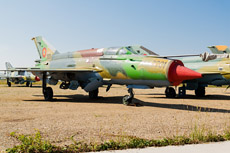
|
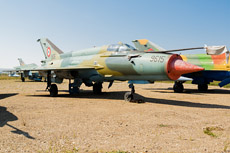
|
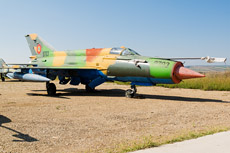
|
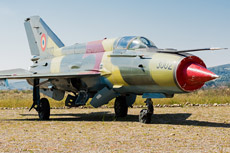
|
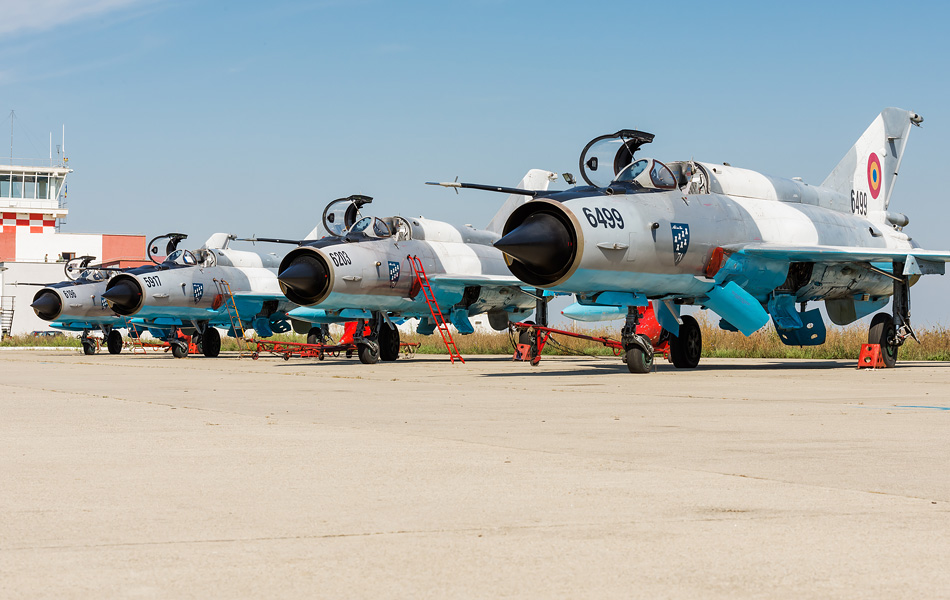
|
project would cost more than 300 million dollars. Three different variants of the MiG-21 LanceR would be developed. Initially there would be 75 airframes converted to the MiG-21 LanceR A version for the ground attack role. There were ten MiG-21UM airframes converted to the LanceR B standard for the operational training role. Finally, there were 25 MiG-21MF aircraft converted to the LanceR C standard for the air defense role. Later, the number of LanceR As would be decreased to 71 airframes while the LanceR B series would be increased to 14 airframes. At the end of the upgrade program an additional MiG-21MF was converted to the LanceR C standard, because another aircraft had crashed. The revision process of the LanceR update would take about five months per airframe. The big challenge in this project was to bring all the airframes to the same standard. The MiG-21s were all from different variants and therefore had all different configurations.
The first variant of the updated aircraft was the LanceR A standard. This variant is specifically configured for the ground attack role. The first prototype of this LanceR A flew on August 22, 1995. The first aircraft of this version was delivered to the Romanian Air Force from 1996. During the update the following airframes were used; 34x MiG-21M, 30x MiG-21MF and 7x MiG-21MF-75. The LanceR A is equipped with the EL/M-2001b radar and the electronic cockpit is fully equipped with a Hands-On-Throttle-And-Stick (HOTAS) system. There is only one Multi-Function Display (MFD) built into the cockpit which can be operated with the fingertips of the pilot. The pilot can operate on this screen several systems such as control points and the reference points for targets. Via the PCMCIA card navigation data is enabled such as routes, goals, waypoints, weapons and communication frequencies which can be modified and operated. The data can be uploaded using the Data Transfer System (DTS). After a flight the flight data can also be downloaded for analysis during the debriefing. In addition to these systems, the LanceR also has a video recorder (VTR) located in the cockpit which is useful for further analysis of the flight. Another feature of the LanceR is the Elbit DASH Helmet-Mounted Display (HMD). The LanceR is the first aircraft in the world which was widely equipped with this system. The aircraft is able to carry weapons of both Eastern and Western origins which is quite unique.
During the modernization the new LanceR As were equipped with new functions for improving the safety of the flight. The aircraft is better able to be used as all-weather fighter. To operate under these conditions, the LanceR As is equipped with advanced navigation equipment such as VOR/ILS, INS and ADF. The color scheme of the LanceR A is also different particularly if it is compared with that of other MiG-21 variants. The aircraft were painted in a uniform gray color scheme in the past. The new LanceR A was provided with a green and gray color scheme with a light blue bottom. This color scheme was fully adapted to the Romanian landscape which causes that the aircraft are minimal observable on their own territory. The two-seater version of the LanceR is known as the LanceR B. A total of 14 airframes of this type were delivered to the Romanian Air Force. The first prototype of this variant flew on May 6, 1996. The LanceR B has the same features, color schemes and systems as the LanceR A variant. The LanceR B variant is an updated version of the MiG-21UM Mongol. The LanceR B is mainly used for the operational training mission at the operational units. From 2007 the Romanian Air Force was reorganized under the name "Objective Force 2007". From that moment it was decided to cut drastically in the operational LanceR fleet. As a result of this decision which was taken at the end of 2008 all LanceR A variants would be withdrawn from service and placed in storage. At present therefore only the LanceR Bs and LanceR Cs are still in operational service.
|
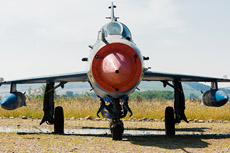
|

|
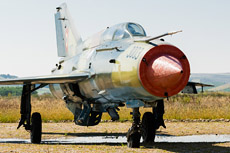
|
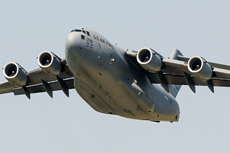
|
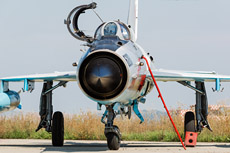
|
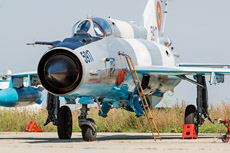
|
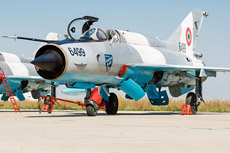
|
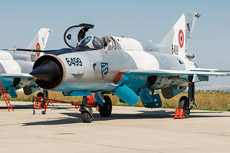
|
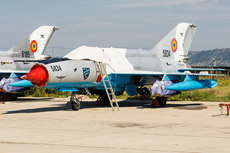
|
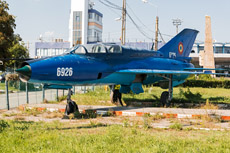
|
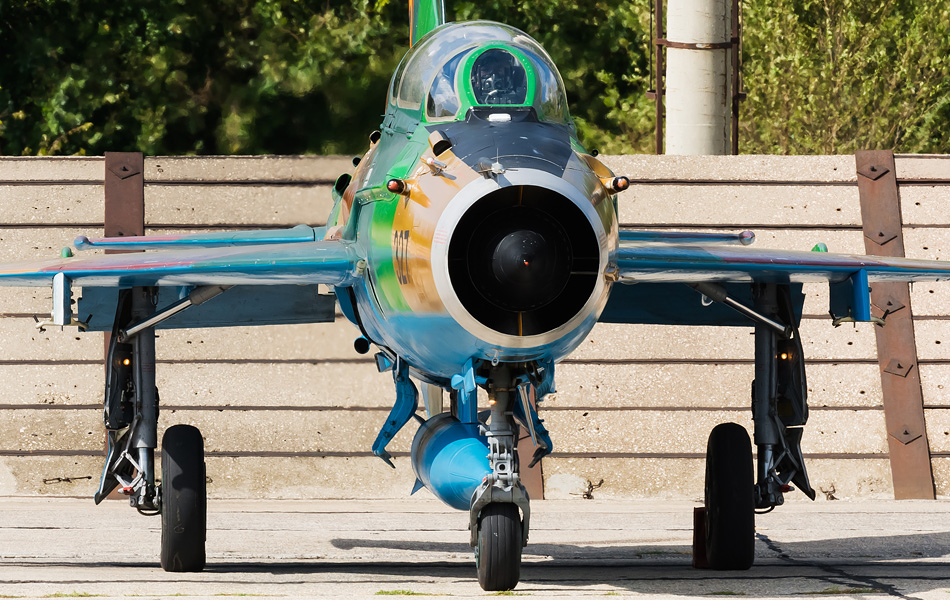
|

|
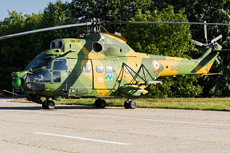
|
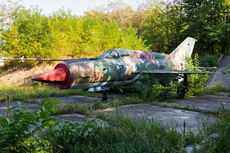
|
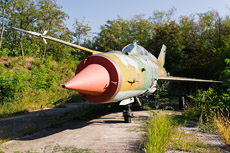
|
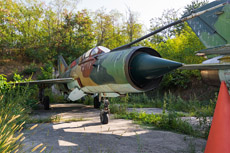
|
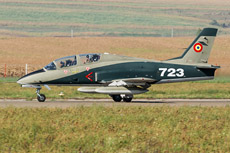
|
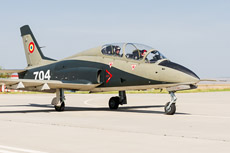
|
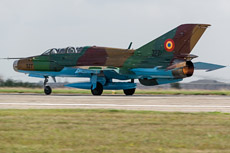
|
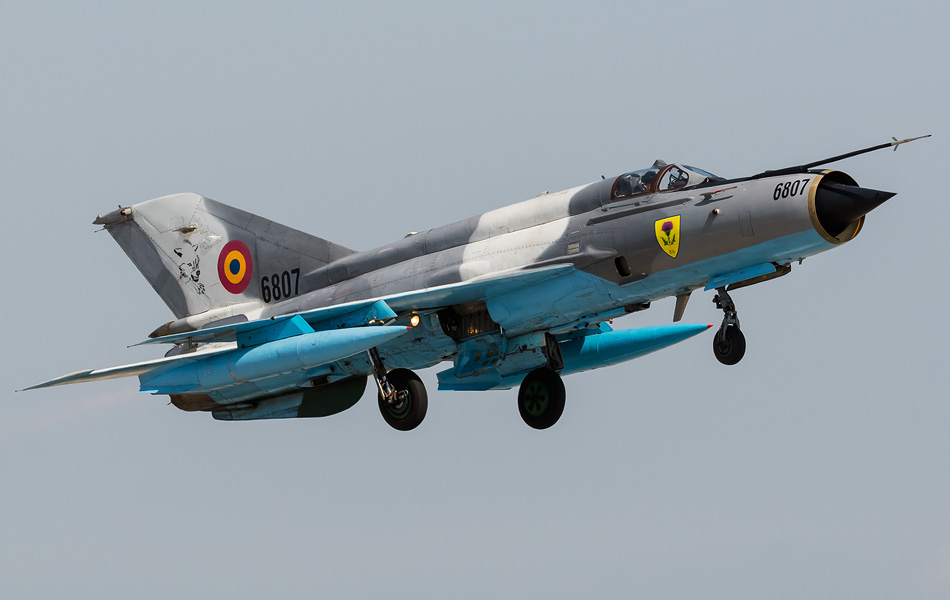
|
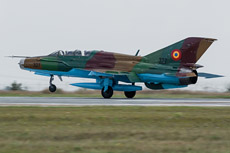
|
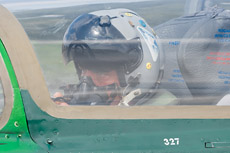
|
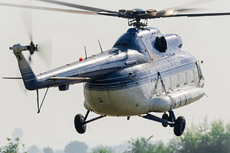
|
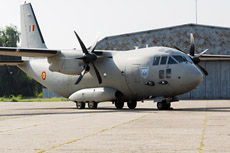
|
|
|

|







